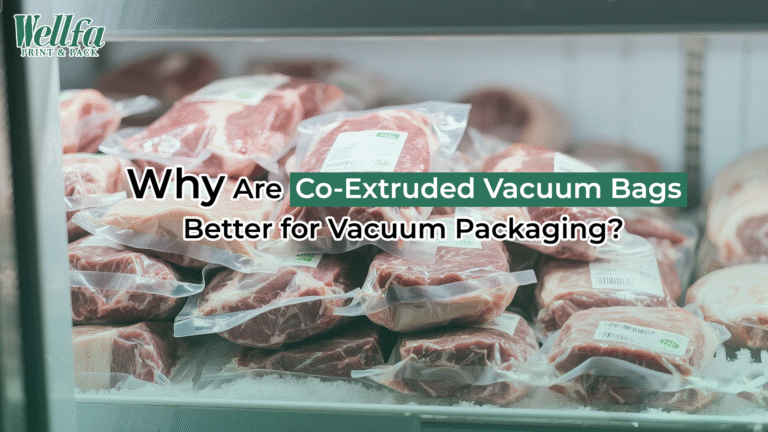Cinq étapes pour optimiser les emballages alimentaires personnalisés pour animaux de compagnie
Cinq étapes pour optimiser les emballages alimentaires personnalisés pour animaux de compagnie
I. Introduction
The pet food industry is a booming market with a growing demand for customized packaging. It’s not just about protecting the product anymore but has become an essential aspect of brand positioning and customer engagement. This article will discuss the five crucial steps involved in optimizing custom pet food packaging.

II. Understanding Your Customer Persona and Market Trends
The adage “know your customer” is of paramount importance in today’s highly competitive pet food market. Understanding customer needs and preferences, particularly about packaging, is the first step to optimization. Conduct market research to gather insights into the specifications pet owners look for in pet food packaging. Are they after convenience, aesthetics, resealability, sustainability, or a blend of these elements?
Monitor emerging market trends too. For instance, the increasing awareness for fitness and health among pet owners has led to a rising demand for portion control pet food packaging. Tapping into such trends means having your fingers on the pulse of potential shifts in customer preferences.
III. Opt for Sustainable, Eco-Friendly Packaging Materials
Increasingly, customers are seeking eco-friendly products and packaging. The packaging is no longer seen as just a wrapper but a reflection of the brand’s environmental consciousness.
Sustainable packaging minimizes the environmental impact by using recycled or biodegradable materials. Materials like Kraft Paper, Cornstarch, and Plant-based plastics, among others, are popular for their negligible carbon footprint. Brands that prioritize eco-friendliness not only contribute to the planet’s wellbeing but are also more appealing to pet owners.

IV. Understand Your Brand Identity and Maintain Consistency with Packaging Design
Packaging design is essentially a brand delivering a visual message about its philosophy, values, and promise. Consistency in design across all forms of branding is integral to creating a stable and recognizable brand image. Your packaging design, from color scheme to typography, should echo your brand identity.
Invest time and expertise in conceptualizing a design that reflects your brand essence, is aesthetically pleasing while being functionally efficient for the customer. Cohesive brand strategy adds value to the perception of the brand and aids in shaping a loyal customer base.
V. Choose a Reputed and Reliable Supplier
Quality can make or break your brand. Ainsi, choosing a renowned and trustworthy supplier for your packaging needs is imperative. Identify companies that specialize in producing pet food packaging, preferably those that offer eco-friendly options. Conduct thorough due diligence – analyze their portfolio, gauge their market reputation, ask for client references, and ensure they adhere to all food safety regulations. This way, you can ensure you get high-quality, sûr, and compliant packaging.

VI. Use Marketing to Test and Optimize Your Packaging
After designing and producing your packaging, it’s time to release it into the market. However, their job doesn’t end there. Brands need to collect feedback to know if their packaging is as effective as anticipated. Employ marketing tactics to gather consumer responses – online surveys, social media polls, and trade show feedback can provide valuable insights.
Test different packaging versions (A/B testing) to understand which design or material resonates better with your target customers. Utilize omnichannel marketing to gather feedback from various platforms; the more user responses, the better the scope of analysis. Apply the insights received to tweak and optimize packaging design, matériel, and functionality.
VII. Conclusion
In conclusion, optimizing pet food packaging requires a balanced blend of understanding your customers, embracing market trends, prioritizing sustainability, being true to your brand, tying up with a reliable supplier, and continuously testing and optimizing your strategies. Adhering to these steps will ensure that your custom pet food packaging not only satisfies your customers but elevates your brand presence in the market.
This wraps up our in-depth look at how to optimize custom pet food packaging. The industry offers a wealth of opportunities for companies willing to invest time and resources into this aspect of their branding. It’s a new era where ‘the package is the product’ – let’s make it count!


